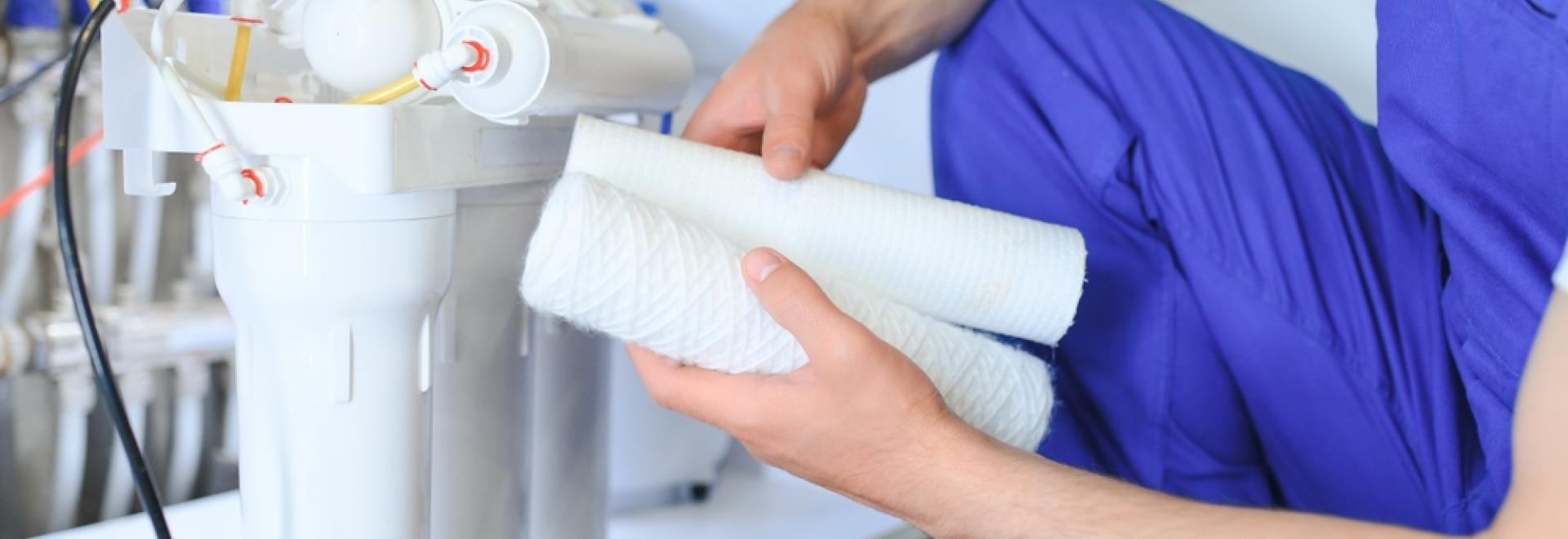
Clean drinking water is essential for a healthy home, and reverse osmosis systems are one of the most effective solutions for removing contaminants. At Pippin Brothers, we believe in providing safe, great-tasting, mineral-rich water for your family. Our reverse osmosis drinking water systems combine advanced filtration with a unique remineralizing process to deliver water that’s as pure as it is refreshing.
But how does reverse osmosis water filtration work, and how does it compare to other filtration systems?
What Is Reverse Osmosis?
Reverse osmosis is a water purification process that uses a semipermeable membrane to remove contaminants from water. Water is pressure-forced through this membrane, leaving impurities behind. The result is exceptionally clean water, free from harmful substances like lead, arsenic, nitrates, and microorganisms.
While standard reverse osmosis systems are effective at filtration, they often leave water with a flat taste and reduced mineral content. That’s why at Pippin Brothers, we install reverse osmosis systems that go a step further by adding a remineralizing process to restore beneficial minerals and improve water’s natural balance.
The Reverse Osmosis Process: Step by Step
To understand how reverse osmosis works, let’s break it down into key steps:
1. Pre-Filtration
Before water reaches the reverse osmosis membrane, it passes through one or more pre-filters. These filters remove larger particles like sediment, dirt, and chlorine. Pre-filtration is crucial for protecting the reverse osmosis membrane from damage and ensuring efficient operation.
2. Membrane Filtration
The heart of the system is the semipermeable membrane. Under pressure, water molecules are forced through this membrane while contaminants like heavy metals, salts, and bacteria are blocked.
What it removes: The membrane effectively filters out dissolved solids (TDS), fluoride, pesticides, and harmful microorganisms, ensuring the water is clean and safe to drink.
3. Post-Filtration
Before dispensing, the water passes through a carbon post-filter. This step removes any residual tastes or odors, further enhancing the water’s quality.
4. Remineralization
Remineralization restores healthy minerals like calcium and magnesium, raises the pH level to a more natural and balanced state, and improves the water’s taste, making it refreshing and enjoyable to drink.
Why Choose a Reverse Osmosis System?
Superior Filtration
Compared to faucet-mounted filters, pitcher filters, and refrigerator filters, reverse osmosis systems provide a much more thorough purification. Smaller filters often leave behind hard-to-remove contaminants like lead and arsenic. With reverse osmosis, your water is filtered at a molecular level for unmatched cleanliness.
Improved Taste and Health Benefits
Traditional reverse osmosis systems can strip water of all minerals, resulting in a flat taste and low pH. Reverse osmosis with remineralization makes your water not only safe but also enjoyable for the whole family.
Common Contaminants Removed by Reverse Osmosis
Reverse osmosis systems are designed to tackle a wide range of contaminants, including:
- Heavy Metals: Lead, mercury, and arsenic.
- Salts and Minerals: Excess sodium, calcium, and magnesium.
- Chemicals: Chlorine, fluoride, and nitrates.
- Microorganisms: Bacteria and viruses.
- Pesticides and Herbicides: Common in agricultural runoff.
With a reverse osmosis system, you can rest assured that your water is free from these harmful impurities.
Choose Pippin Brothers for Your Water Filtration Needs
With decades of experience in home services like HVAC, plumbing, and more, we’re committed to improving the health and comfort of your home. If you’re ready to enjoy the benefits of clean, healthy drinking water, contact Pippin Brothers today. Let us help you find the perfect solution for your home.